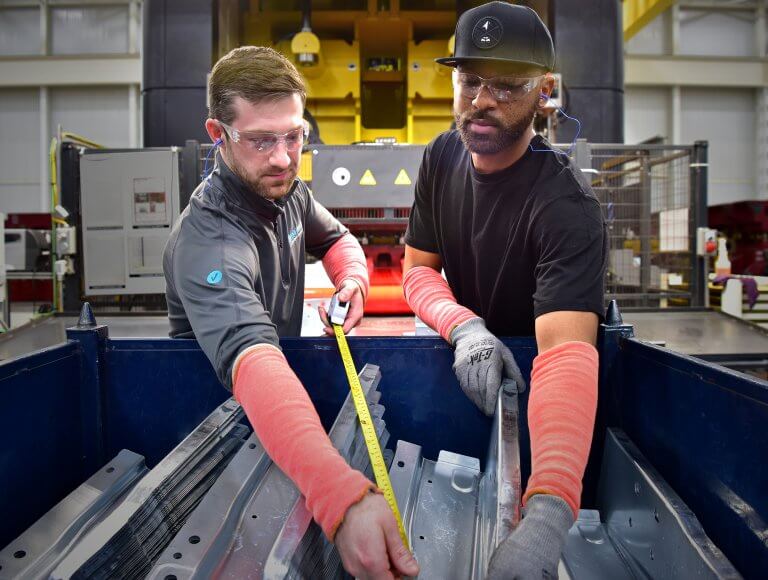Presented by Josiah Allen, CPE, CSP, VelocityEHS Senior Solutions Consultant, the “Our Ergonomics Assessment is Done. Now What?” session of the 2024 Ergonomics Virtual Conference was a direct conversation on what organizations need to do after completing a musculoskeletal disorder (MSD) risk assessment on a job/task. While many people believe an ergonomics assessment is the primary activity in an ergonomics program, the real work is in the follow-up and what you do to reduce the risks you’ve identified.
So, What is Next in Your Ergonomics Process?
Prioritize Jobs/Tasks
After completing MSD risk assessments on the jobs and tasks in a facility, it’s important to review the risk scores and see where employees are hurting the most. Are there several jobs with high MSD risk scores in one section of the facility? Do employees working on those tasks have high risk scores in specific body segments? Note where the highest collection of risk is and focus on reducing those risks first to create the biggest positive impact quickly.
Root Cause Analysis
While there are multiple ways of conducting a root cause analysis, this session highlighted the fishbone diagram, which systematically traces back from the unwanted event (an injury) through distinct categories of possible contributing factors, such as material, method, measurement, environment, machine, and people. This method of analyzing a task and its risk creates a clear understanding of the source and gives an idea of the improvements needed to address it.
Develop and Prioritize Ergonomics Improvements
When developing ergonomics improvements, it’s important to remember the Hierarchy of Controls, as the type of control implemented has a direct impact on its eventual outcome. Simply creating a standard operating procedure and telling people to do something differently won’t create lasting widespread change. It’s vital to consider the engineering of the job task and how it can be easily changed to eliminate the risk, instead of just telling people to avoid performing a task in a certain way to reduce their MSD risk.
Get Buy-In for Ergonomics Initiatives
What does any organization want to know for them to sign off on something? How much will it cost? What will the return-on-investment be? Communicating the cost justification for ergonomics to executive leadership focuses on improvements in productivity, quality, injury/illness avoidance rates and employee engagement. When it comes to getting buy-in from the folks on the floor, they care about how they’ll be impacted, how their jobs will be easier to do, and that they’ll be able to live healthier, more comfortable lives.
Continuous Improvement in Ergonomics
Ergonomics is not a one-and-done thing, nor is it only about completing assessments–it’s a continuous process of improvement to ensure that employees are as safe and healthy as possible at work. Embracing the Plan, Do, Check, Act cycle ensures ongoing refinement, safeguarding employee safety and well-being.
Watch the on-demand session for yourself and see how you can create the greatest positive impact on your organization’s ergonomics process, and then take a look at the other available sessions from the 2024 Ergonomics Virtual Conference.
